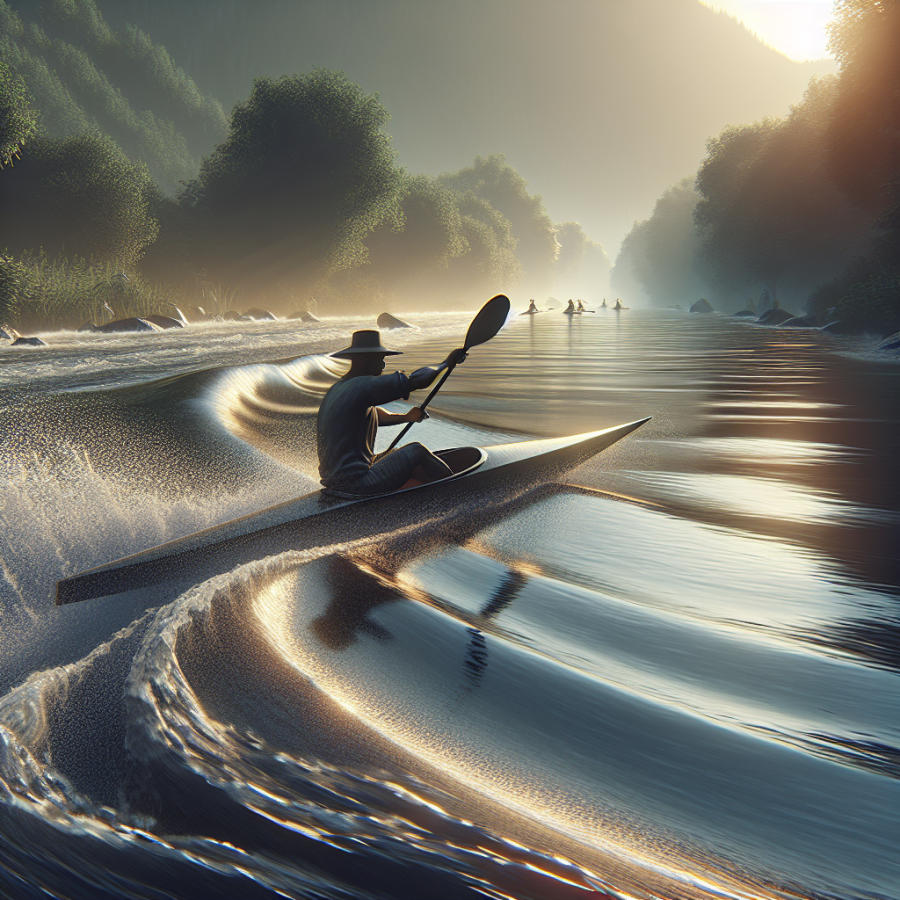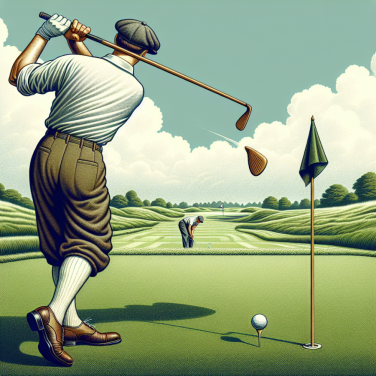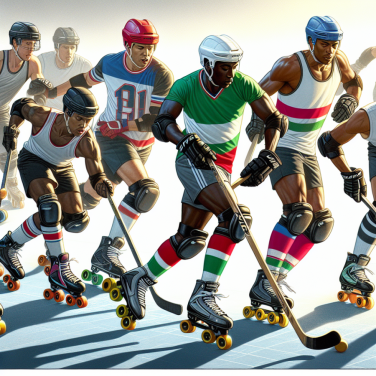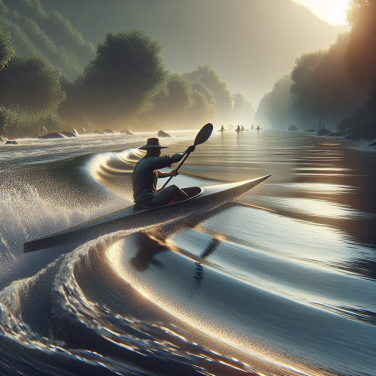Exploring the Techniques of Squirt Boating: From Mystery Moves to Cartwheels
Squirt boating is a unique and exhilarating discipline within whitewater kayaking, characterized by low-volume kayaks that allow paddlers to perform a variety of dynamic moves both above and below the water's surface. The thrill of squirt boating lies in its endless opportunities for creativity and the execution of moves that defy conventional kayaking practices.
One of the foundational techniques in squirt boating is the mastery of mystery moves. These involve submerging the kayak and paddler completely beneath the water's surface by capitalizing on currents, eddylines, and the paddler's body position. To execute a mystery move, the paddler looks for a suitable eddyline—a transition zone where the fast-moving current meets the still water of the eddy. By positioning the boat at a specific angle and using a sweeping stroke, the paddler can initiate the downward motion. Once underwater, the paddler must maintain a balance between boat tilt, paddle position, and body lean to remain submerged and travel beneath the surface. The sensation of gliding silently under the water is one of the most captivating aspects of squirt boating, offering a serene experience that contrasts the intensity of other whitewater disciplines.
Beyond mystery moves, squirt boaters often engage in a variety of surface tricks and maneuvers. Cartwheels are a prime example of this, demonstrating the paddler's ability to control and maneuver their craft through a combination of balance, timing, and strokes. To perform a cartwheel, the paddler uses the velocity of the current along with a tilted boat edge to pivot the kayak end over end around a vertical axis. Timing the initiation of the move with the flow of the water is critical, as is maintaining a tight tuck and precise blade placement. As the kayak rotates in the cartwheel, the paddler alternates paddle strokes and shifts their weight to keep it moving, aiming for smooth, continuous ends.
Other popular squirt boating techniques include screwing around, where a paddler spins horizontally on the water's surface and bow stalls, which involve balancing the kayak vertically on its bow, often while the kayak revolves about its vertical axis. Each of these moves requires precision, control, and an intimate understanding of how the boat interacts with the flow of the water. For all squirt boating techniques, a low center of gravity in the kayak, good core strength, and flexibility are crucial for performing high-level maneuvers.
Read also:
Exploring the Durable Materials of Ice Hockey Pucks
Harnessing the River's Energy: Navigating Eddyline Dynamics in Squirt Boating
Understanding the intricate dynamics of eddy lines is a critical aspect for squirt boaters who wish to fully harness the river's energy and make the most of their time on the water. Eddy lines form where the water flowing downstream meets the upstream current of an eddy. This interface is a playground for squirt boating, a specialized whitewater sport where paddlers use low-volume kayaks to maneuver through and under the water's surface.
One of the essential skills in navigating eddyline dynamics is identifying the point of convergence. This is where two opposing currents collide, creating a distinct line that can be visually identified by the change in water texture. The ability to read the water plays a major role in executing maneuvers, as the water on each side of the eddy line behaves differently.
As squirt boaters approach an eddy line, they must prepare to engage with different forces. On one side, the downstream current can accelerate the boat, while on the eddy side, there is often a more tranquil or reverse flow. To use this to their advantage, boaters must time their movements precisely. Entering at the right angle and with adequate momentum is key to executing moves such as the squirt, where the boat and paddler temporarily submerge.
The angle of approach is also crucial. A perpendicular approach to the eddy line is often desired for moves that require penetration into the opposing flow, such as mystery moves or cartwheels. Contrastingly, a more parallel approach can facilitate moves along the eddy line, allowing the paddler to ride the line and set up for successive tricks.
Body positioning and boat control are paramount when navigating eddy lines. The paddler's body acts as a counterbalance to the forces exerted by the water. Leaning into or away from the eddy can help control the boat's submersion level and direction. Paddlers use their core strength and torso rotation to maintain stability and steer the boat effectively through the dynamic water.
Paddle strokes are purposeful and precise in squirt boating. Paddlers must execute well-timed strokes to either catch the powerful flow for a dynamic move or to brace against it to maintain control. Power and finesse play equal roles; the paddle can be used to draw the boat into an eddy or thrust it into the current for a surge of speed.
Mastering the Art of Squirt Boating: A Guide to Perfecting Techniques and Embracing the Eddyline
Unraveling the Mysteries of the Squirt Boat
To truly master the art of squirt boating, one must first understand their vessel. Squirt boats are designed to be low volume, allowing them to easily dip in and out of the water. The design is intentionally crafted to facilitate moves like the mysterious and impressive 'mystery move' in which the boat and paddler submerge completely underwater.
Essential Skills for Squirt Boaters
Squirt boating demands a unique set of skills, blending general kayaking techniques with specialized maneuvers. One must hone their ability to control the boat’s orientation and depth in the water. Paddlers should invest time in learning to ‘slice’, which involves tilting the boat’s nose or tail into the water, and mastering the 'squirt', where the boat is intentionally submerged on an eddyline.
The Physics of the Eddyline: Becoming One with the Water
Understanding the eddyline is crucial. It's the precise point where two opposing currents meet, often seen at the edge of a whirlpool or where the current meets a stagnant body of water. Mastering squirt boating involves identifying and exploiting these eddy lines, using their fluid dynamics to submerge and resurface the boat in controlled maneuvers.
Advanced Techniques for the Adventurous Paddler
Advanced squirt boating techniques push the boundaries of what can be done in a boat. Moves like the 'cartwheel', where the paddler flips the boat end over end, and the 'helix', a sort of spiraling ascent, require a deep understanding of boat buoyancy, balance, and control.
Training Regimens to Elevate Your Performance
To master squirt boating, regular training is imperative. Paddlers must engage in tailored workouts that develop core strength, flexibility, and overall fitness. On-water practice should focus on repeated drills to sharpen control over the boat's pitch and yaw while submerged.
Safety Considerations in Squirt Boating
As thrilling as squirt boating can be, it comes with inherent risks. It's paramount for paddlers to always wear appropriate safety gear, including helmets and PFDs. Participants should boat within their skill level and under conditions they can handle, never venturing into waters that exceed their training.




